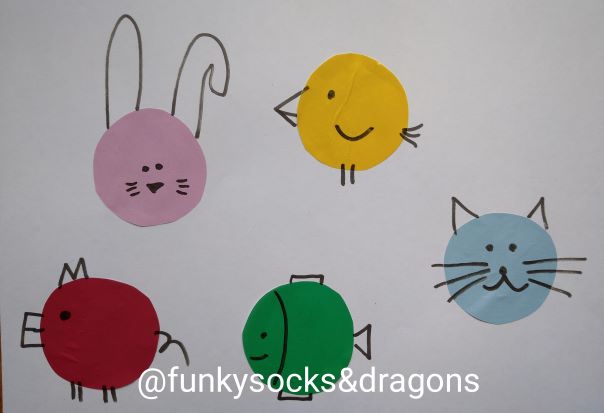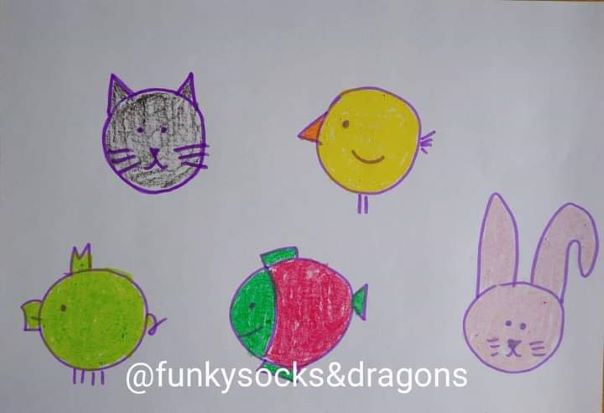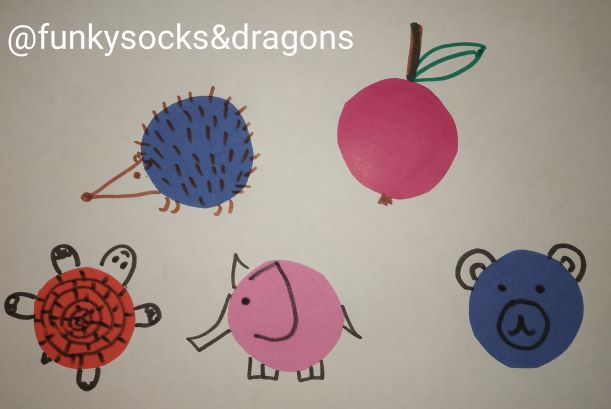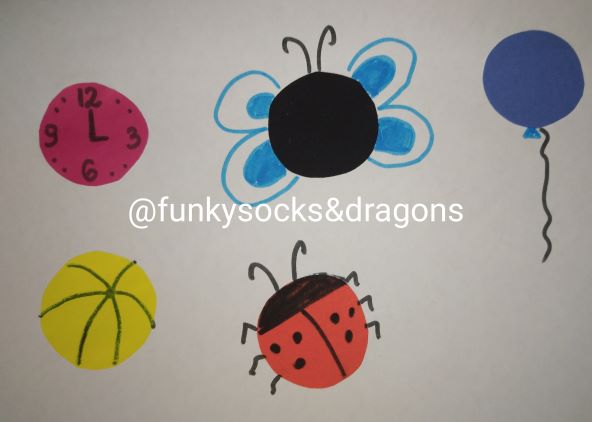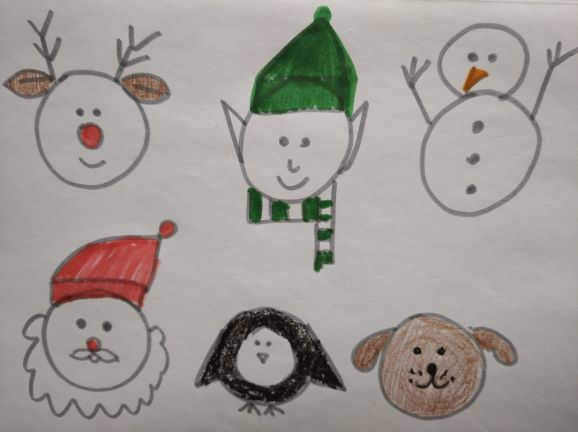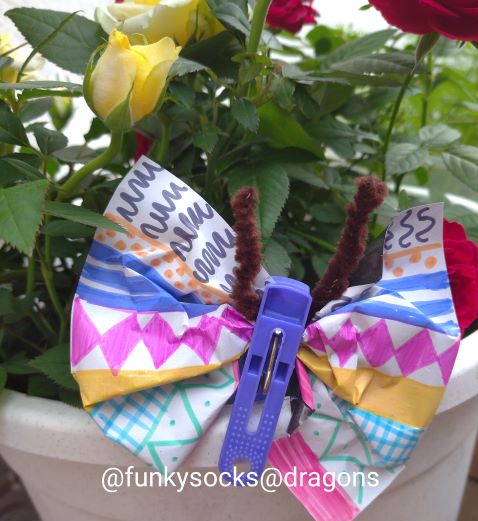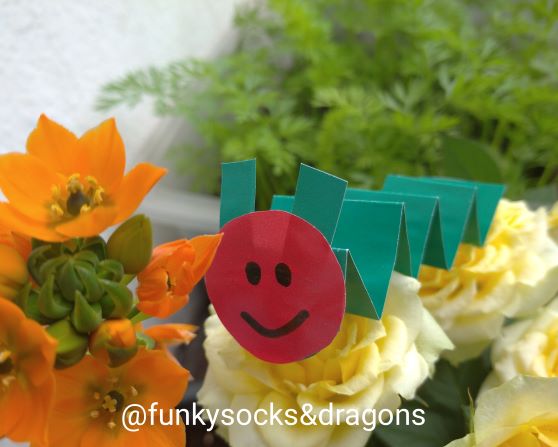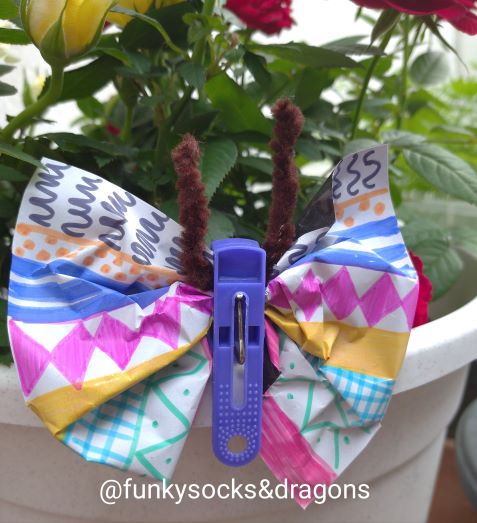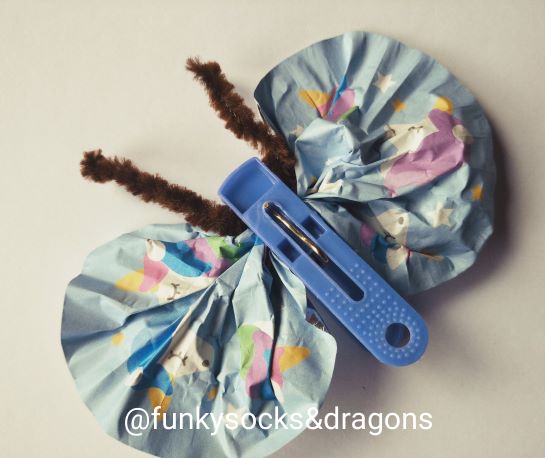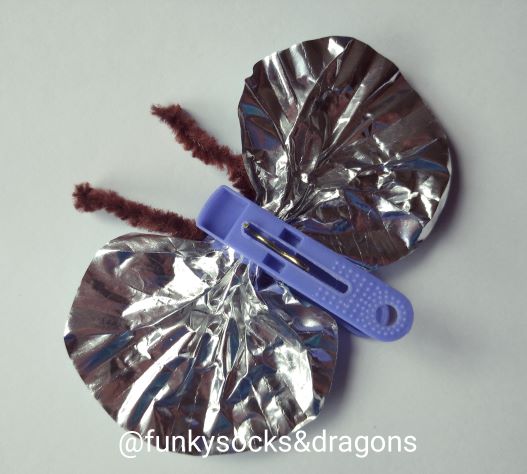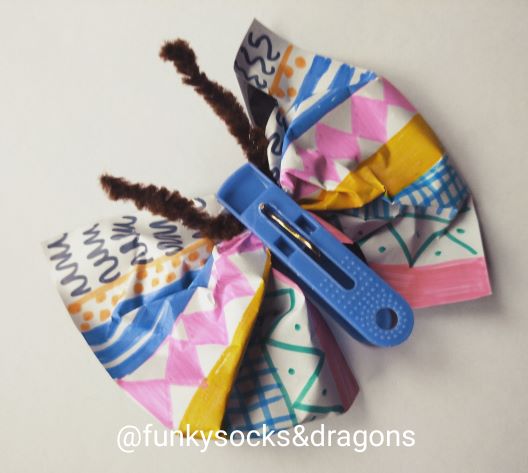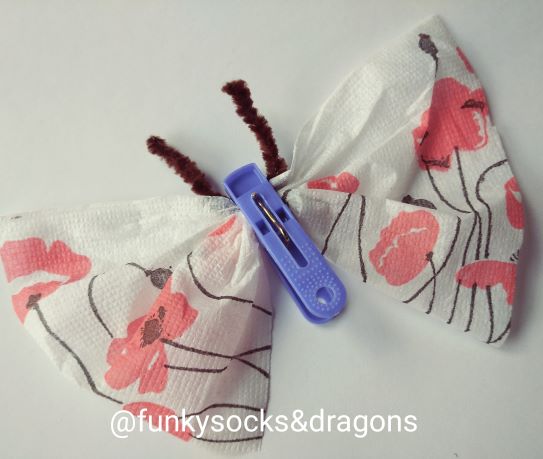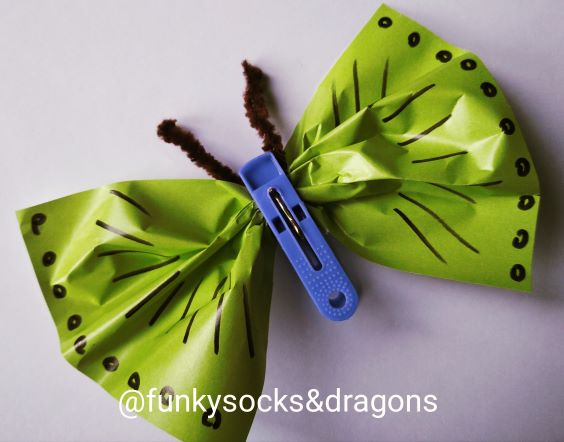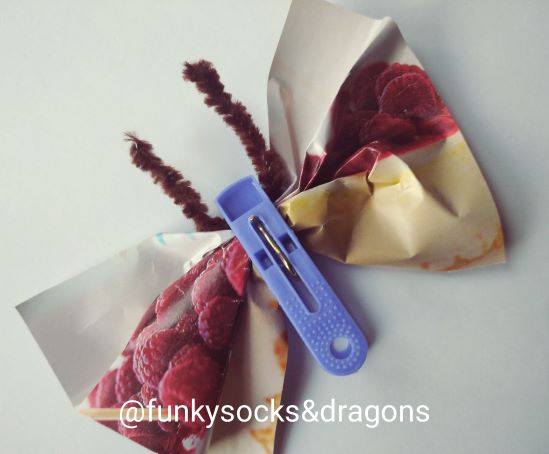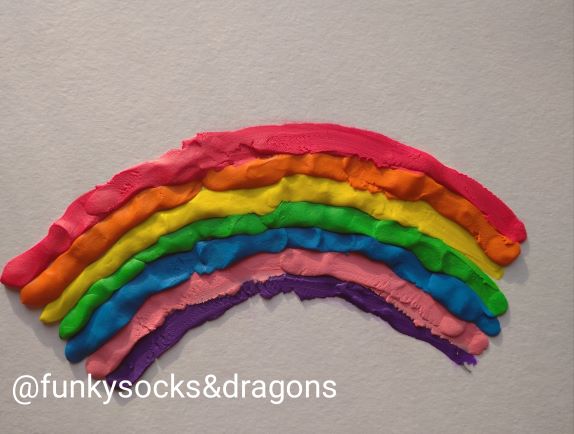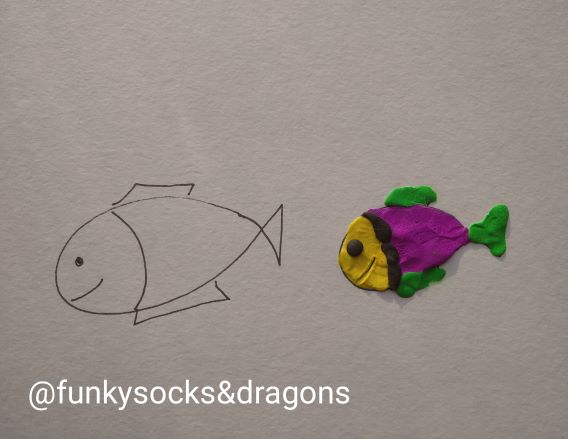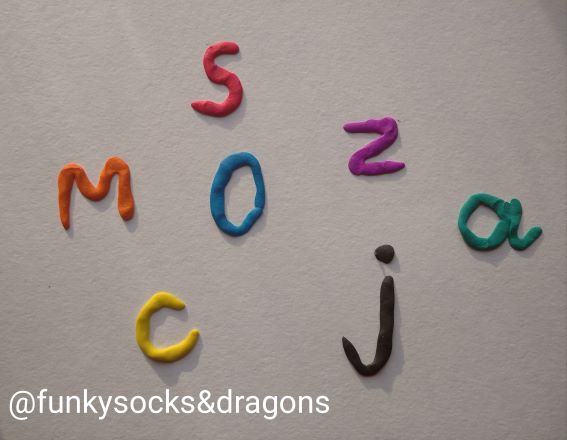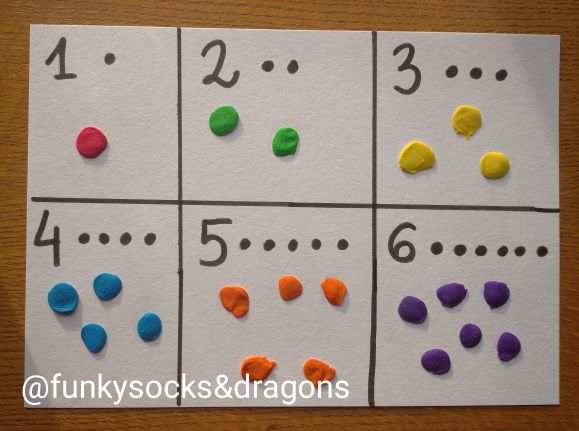Welcome to the new series on the blog.
It started with something Michael said. He is a fellow teacher and he was telling me a story of how Teacher X went to peer observe an experienced colleague, Teacher Z and how the lesson was, well, not very good, bad, horrible, ‘a disaster’…It was not a very pleasant experience for Teacher Z, of course, but a learning opportunity for Teacher X, nonetheless (and for Teacher Z, too, actually). ‘This is what I want to hear, that even with the best intentions, it can all go ‘tits up’ but nobody is prepared to say it‘.
I got inspired. I am ready to share. I don’t mind. We repeat that to our students, constantly, that mistakes are noble and that we can learn from them. If our students can, so can we, the teachers. The same principles apply.
By the way, the Epic Fail Award is actually a real concept. It is a real award given out to employees at Hill Holliday agency, since, as Robert F. Kennedy once said ‘Only those who dare to fail greatly, can ever achieve greatly’ (apparently, have a look at the whole article here)
With that in mine off we go, to the first of my personal disasters or ‘When things did not go to plan‘.
One: The (stupid) Christmas tree craft
Here it is, look!

Did you go ‘Awn’? I bet you did. I did when I saw it and so did my kids when I showed it to them, during the pre-Xmas lesson. It did take place three years ago, I think and back then I was already an experienced teacher etc.
I did a great job, preparing for the task. I did prepare all the materials; I did make the tree at home. I did think of the staging. I did plan to teach the kids the verbs we needed to make it (fold, press, pause). I did think of how old they were and I knew them, they had been my students for over two years at the time so I could imagine what they were or were not able to do. We had done plenty of craft activities, we had worked with the pipe cleaners in a few different arrangements. I did pre-cut the triangles and tied pipe cleaners (three of them joined would be necessary to cover one tree). I punched the holes at the top of each tree. I wrote the main steps.
You would have thought the conditions were perfect. Yes, yes, they were. And yet it was the biggest craft disaster known to mankind. In my kingdom.
It turned out that even with all of these preparations and the previous experience and knowledge, the task turned out to be too tricky for my students. They were involved, yes, they loved the idea but we soon discovered that if you do not press the pipe cleaner real hard, applying all the strength (that the 5 y.o. did not quite have), it starts sliding, coming off and not looking at all as this ‘Awn’ model that I had already shown and that everyone had already managed to fall in love with and to start dreaming about of taking home.
The point of no return, in other words. Stopping, pausing or aborting the task was completely out of the question at that point. We went on, with me helping to complete eight Christmas trees simultaneously, perhaps singing the song to keep everyone occupied (though, really, I cannot be sure) with me hating absolutely every second of it and swearing that this very craft will never be seen again in any of my lessons. This or any craft, actually.
Everyone survived. Apart from all the leftover trees. I binned them all. With a lot of vidictive satisfaction. The one you can see in the photograph was recreated for teacher training purposes.
Today, I think that the craft is actually child-friendly, provided that you don’t go too minimalistic and that you keep the real Christmas tree-shape. Or that you at least cut the edges of the simple triangle in a few places, on both sides, to ensure that the pipe cleaner has somewhere to get attached and to stay in one place and still look ‘Awn’.
But it is also true that with this particular craft, I did allow myself to fall far the ‘awn’ effect and its strictly decorative value. Linguistically, there would be very little for us to do with it, apart from a few verbs and a few functional language phrases that we use and practise with any craft activity. Maybe, just maybe, I should not have fallen for it and, as a language teacher, first and foremost, I should have prioritised the linguistic aim.
Well, lesson learnt, that’s for sure!
P.S. It was unpleasant but I have not given up on craft! Experiments will sometimes lead to great achievements and sometimes to disasters but the best thing is – we learn, one way or another!
P.S.S. There is more to come in this chapter! I will see you soon with more epic fails stories. If you have some that you would like to share, please, do in the comments below!
Happy teaching!

